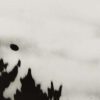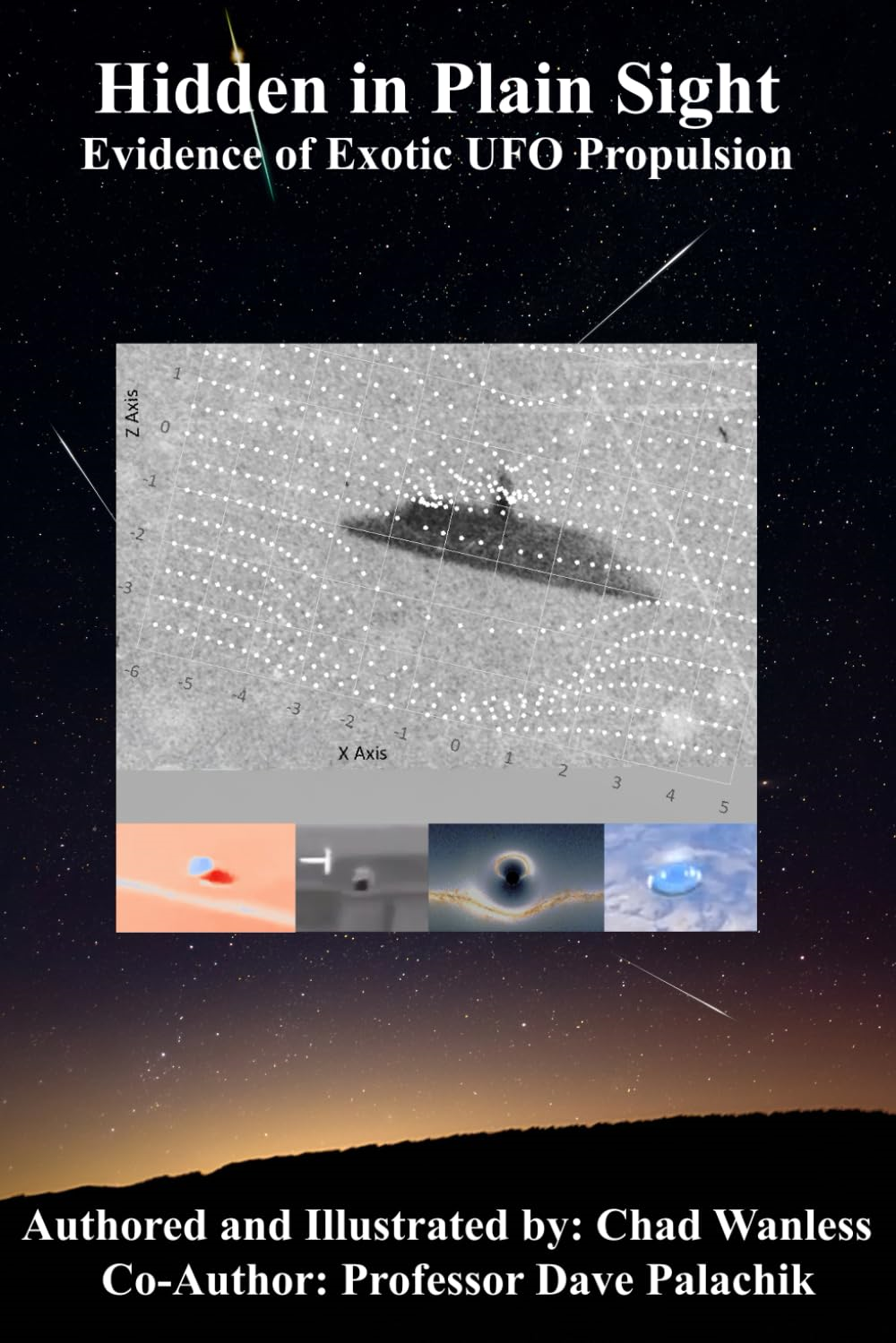Viral ‘Bigfoot’ photos at Turkey Mountain apart of city-park social distancing campaign0
- Earth Mysteries, From Around the Web
- April 8, 2020
Recent photos of Bigfoot in Tulsa have been revealed as a campaign to get people active but at a distance.
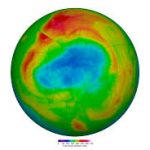
Rare hole is result of low temperatures in atmosphere and is expected to disappear
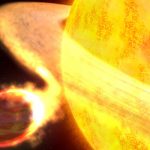
The finding could affect calculations for how fast the universe is expanding
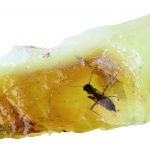
The oldest known animals and plants preserved in amber from Southern Gondwana are reported in Scientific Reports this week. Gondwana, the supercontinent made up of South America, Africa, Madagascar, India, Antarctica and Australia, broke away from the Pangea supercontinent around 200 million years ago. The findings further our understanding of ecology in Australia and New Zealand during the Late Triassic to mid-Paleogene periods (230-40 million years ago).
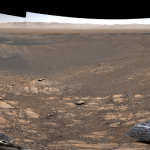
NASA’s Curiosity rover has captured its highest-resolution panorama yet of the Martian surface.
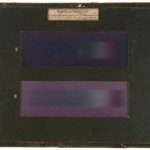
In the mid-19th century scientists were diligently at work experimenting with methods to capture the solar spectrum in images. French physicist Edmond Becquerel was the first to succeed. In 1848 he produced what he called “photochromatic images” which are considered to be the world’s first color photographs.

With 400 public health offices forging ahead with testing, the country is a model for others to emulate
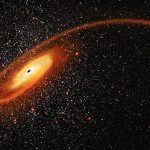
Newly-discovered black hole could be the long hoped-for ‘missing link’
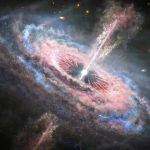
The enormous outflows of gas can help explain why galaxies stop making stars
